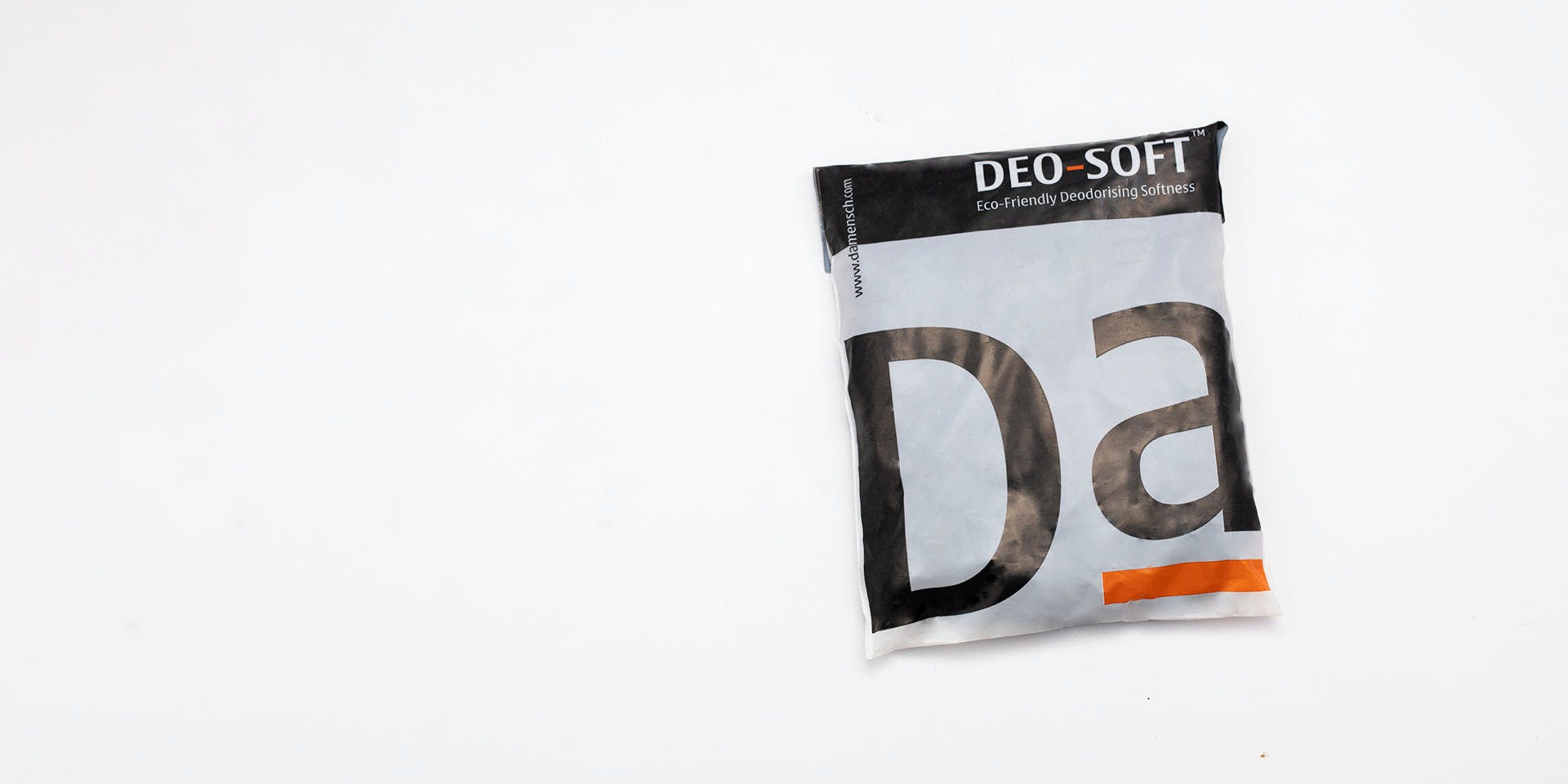The Need for Sustainable Packaging

Published on 09-AUG-21
Businesses and especially ecommerce companies have been relying on plastic for packaging. As a result, around 42% of plastic was consumed in India for packaging back in 2006. In fact, since then plastic packaging has undoubtedly outlived all of the products bought online or offline.
Despite knowing the fact that plastic is a non-biodegradable material, it is the most common type of packaging material used in today’s society. They must know that it will take thousands of years for plastic to completely degrade.
It is high time that businesses understand the importance of sustainable packaging. Through this blog, DaMENSCH wants to highlight how this eco-friendly packaging procedure is beneficial for the environment. Let’s understand what this packaging is in the following blog; but first, DaMENSCH wants to highlight the consequences of widely accepted plastic packaging.
Consequences of Plastic Packaging
As mentioned above, plastic packaging is a non-biodegradable material and it can adversely affect the environment.
- Decomposition of plastic produces harmful greenhouse gases like methane and carbon dioxide. These gases increase Earth’s temperature by contributing to global warming.
- This decomposition process also adulterates the nearby soil and affects other plants and animals surviving in the area.
- Most of the plastic waste is dumped in landfills. Through landfills, the waste is pushed into the oceans where it damages the vegetation and creatures living in the marine bodies.
The list may go on, but the notion here is to find a solution. Therefore, DaMENSCH has come up with a sustainable solution to play their part in helping the environment.
RELATED: Ethical Fashion – Sustainable Choice: Do Better Everyday!!
Understanding Sustainable Packaging
Sustainable packaging as defined by the World Resources Institute (WRI) is “the intelligent use of natural resources to meet people’s needs without degrading our environment, wildlife, and communities.” It involves intensive research, development, and usage practices that help reduce negative impacts on people and the planet.
This involves the use of new materials and methods to reduce your carbon footprint and production costs while increasing profitability. This biodegradable packaging helps create longer-lasting products, which will save you money in the long run. It often comes with a higher price tag, but the benefits that it provides far outweigh any add-on expense.
The drive toward sustainable packaging is way beyond the quick wins. Sustainability is a slow process with even slower results, but still worth it.
Why is Sustainable Packaging a Necessity?
In order to survive in the long term, businesses must embrace sustainable packaging solutions. As the world population increases, so will the need for natural resources – and while businesses do have the option of sourcing these materials further away (further depleting natural resources), doing so will likely increase transportation costs which reduce profit margins. The use of eco-friendly packaging by businesses is an investment necessary in order to ensure long-term business viability, both financially and environmentally.
In addition to the benefits of reducing our dependence on fossil fuels, recycling packages can also save consumers money. In fact, studies indicate that packaging costs are not typically passed along to consumers. Since packaging waste becomes an unnecessary expense and a burden on the environment, companies typically absorb costs associated with traditional packaging materials.
Meanwhile, sustainable packaging materials cost less than new materials or the energy needed. The cost savings are therefore available for businesses to pass along to consumers in the form of lower prices – or simply higher profits, if they so desire.
How is DaMENSCH holding the baton in eco-friendly packaging?
Last year, we introduced Corn Husk packaging, which is one of the most sustainable packaging materials. The corn husk is transformed into a packaging material by chemical pulping and paper-making process, which serves as packaging material for items, and it is an environmentally friendly and recyclable material. The produced packaging materials are evaluated and tested using the ASTM testing standard.

Sounds too good to be true, right?
Let us explain how:
DaMENSCH shipped close to 10,00,000 units last year.
That alone has resulted in 68 million sq. inches being plastic free landfill (Almost 60k sq. ft)
(68 sq. inch of landfill saved per unit – 5.2*6.5 on each side]
Now, if that isn’t a good start, we don’t know what is.